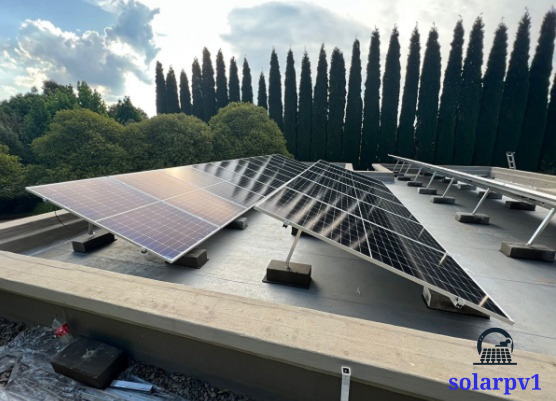The Importance of Solar Panel Placement
When it comes to harnessing the power of the sun, the placement of your solar panels plays a crucial role in maximizing energy production and optimizing the efficiency of your solar system. Proper solar panel placement not only ensures that you make the most of the available sunlight, but it also helps to extend the lifespan of your panels and increase the overall return on your investment. In this article, we will explore some key factors to consider when optimizing the placement of your solar panels.

1. Orientation
- The orientation of your solar panels is one of the most critical factors in maximizing their efficiency. In the northern hemisphere, it is generally recommended to face the panels towards the south to capture the maximum amount of sunlight throughout the day.
- In the southern hemisphere, the panels should face north. East and west-facing orientations can also be considered, but they may result in slightly reduced energy production.
2. Tilt Angle
- The tilt angle of your solar panels also plays a significant role in optimizing their performance. The ideal tilt angle depends on your location and the time of year. In general, the tilt angle should be set to match the latitude of your location to capture the most sunlight throughout the year.
- However, adjusting the tilt angle seasonally can further optimize energy production. For example, in the winter months, a steeper tilt angle can help maximize energy production during shorter daylight hours.
3. Shading
- Shading can have a significant impact on the efficiency of your solar panels. Even a small amount of shade can reduce energy production, so it is crucial to carefully assess the placement of your panels to avoid any potential shading issues. Identify any trees, buildings, or other obstructions that may cast shadows on your panels during different times of the day. Consider trimming or removing any vegetation that may interfere with the sunlight reaching your panels.
- Additionally, it is important to consider the potential for shading caused by nearby structures, such as chimneys or neighboring buildings. Even if these obstructions only cast shadows for a short period each day, they can still have a noticeable impact on energy production over time.
4. Tracking Systems
- For those looking to further optimize solar panel placement, tracking systems can be a valuable addition. These systems allow solar panels to follow the sun’s path throughout the day, maximizing the amount of sunlight they capture. There are two main types of tracking systems: single-axis and dual-axis.
- Single-axis tracking systems move the panels from east to west, following the sun’s movement throughout the day. Dual-axis tracking systems, on the other hand, not only move the panels from east to west but also adjust their tilt angle to maintain an optimal position relative to the sun’s height in the sky.
- While tracking systems can significantly increase energy production, they also come with higher costs and maintenance requirements. Therefore, it is important to weigh the potential benefits against the additional investment required.
Final Thoughts
- Optimizing the placement of your solar panels is essential for maximizing energy production and optimizing the efficiency of your solar system. By considering factors such as orientation, tilt angle, shading, and the potential use of tracking systems, you can ensure that your solar panels are positioned to capture the most sunlight and generate the highest possible return on your investment. Consulting with a professional solar installer can also provide valuable insights and guidance specific to your location and energy needs.
